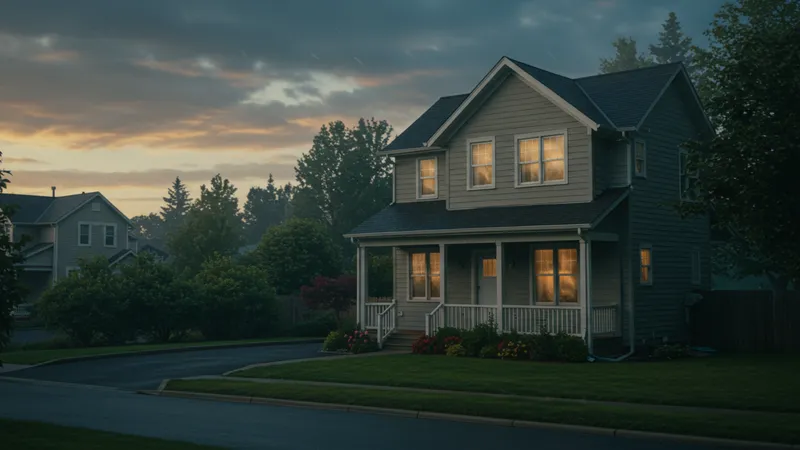
Disaster Insurance: Protecting Your Assets When The Unexpected Happens
Proactive Practices to Prevent Future Gaps
An ounce of prevention is worth a pound of cure, as the saying goes. Tailoring policies with specific attention to known local hazards is a foundational step in proactive coverage management. Understanding the historical risks in your area can highlight potential future threats.

Routine maintenance and updates to your dwelling can qualify you for discounts and reduce claim likelihoods. Upgraded roofing and reinforced windows, for example, can withstand stronger storms and may decrease insurance costs.
Engage your insurer actively, scheduling regular reviews to account for shifts in climate patterns or changes in personal circumstances that could affect risk. Staying informed about upcoming climate threats and adaptation strategies ensures nothing takes you by surprise.
Predictive risk management technology is rapidly advancing. Some organizations offer free assessments to pinpoint vulnerable areas in your insurance and physical property. This foresight could forestall tragedy. But what profound revelations await in our final chapter?